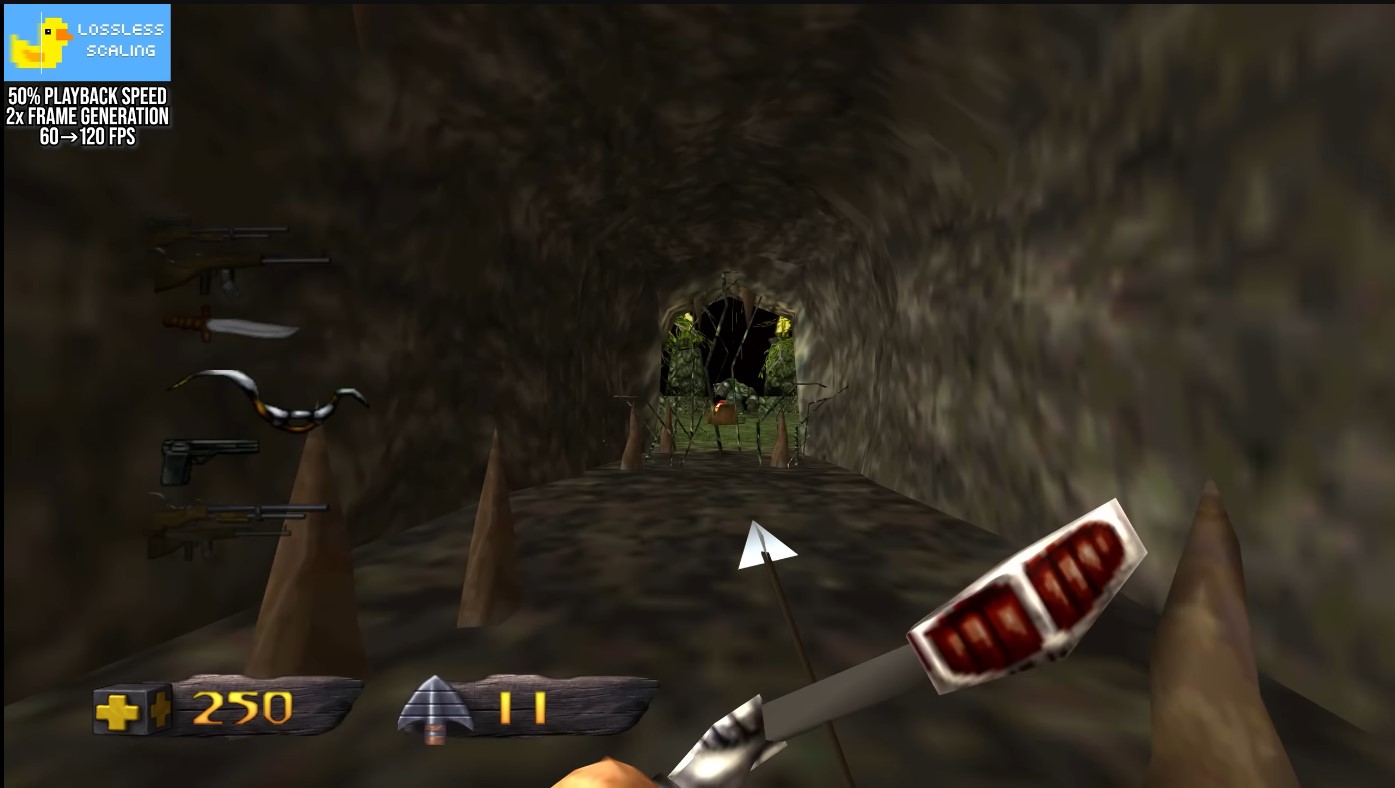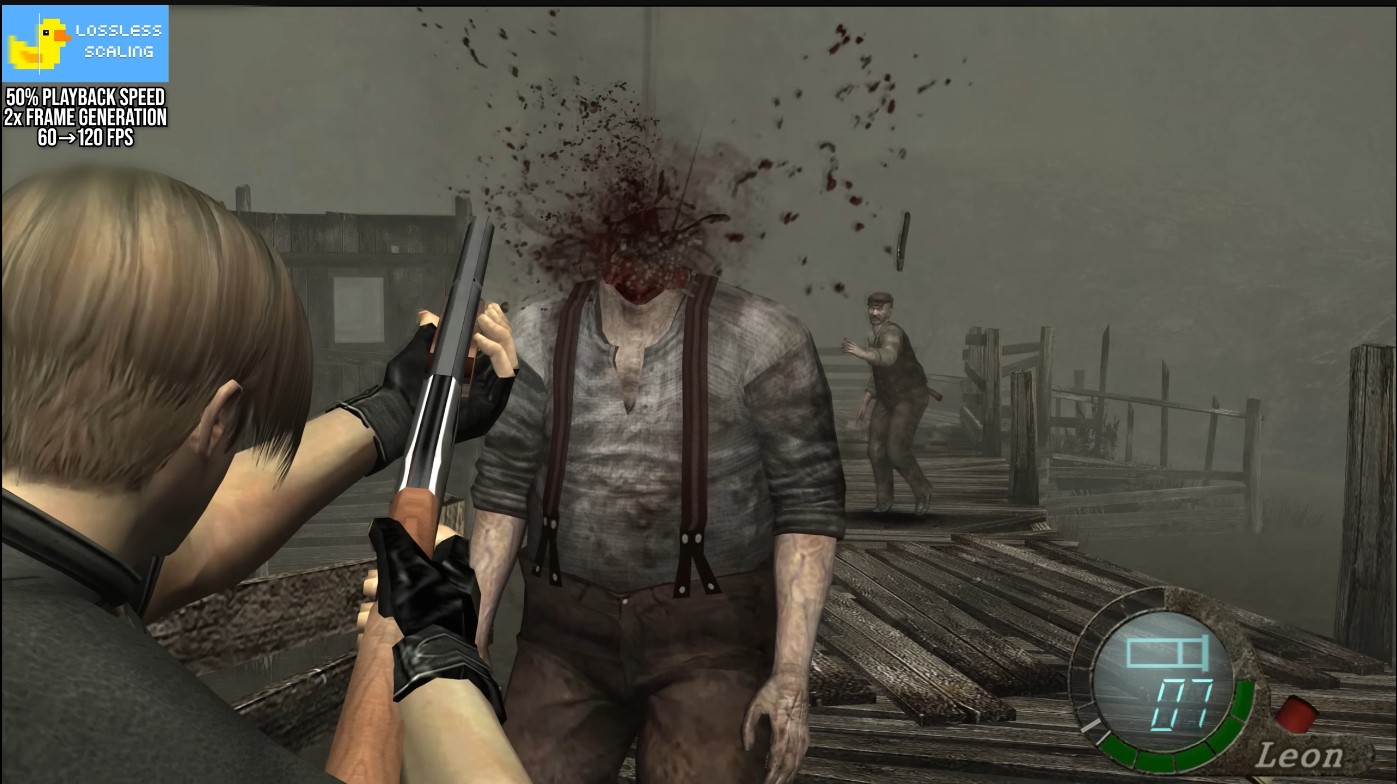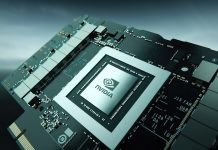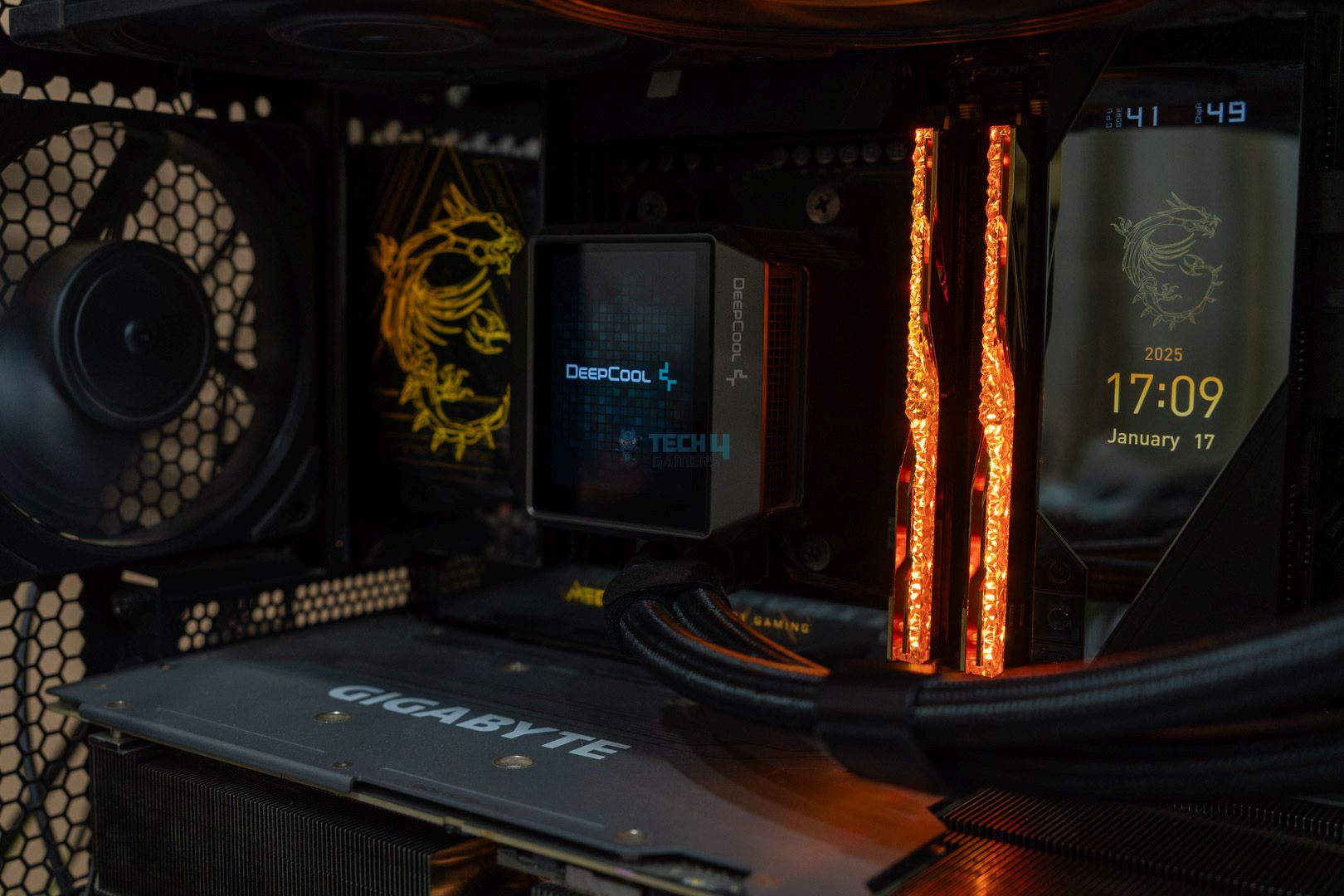- Lossless Scaling differs from DLSS and FSR, and is best suited for older games that aren’t optimized for higher FPS.
- Despite boosting to 2x and even 3x frame rates, Lossless Scaling has errors as it distorts the screen’s edges and the HUD.
- Its new feature, Adaptive Frame Generation, boosts FPS even with low base frame rates, a capability that neither AMD nor Nvidia currently offers.
For years, high-performance gaming has been associated with expensive hardware. The tradeoff was simple: if you wanted to play games smoothly at higher frame rates, you needed to upgrade your PC’s specifications, especially its GPU.
However, in 2025, a $3.5 application (previously $7) called Lossless Scaling changed that tradition. Now, with one click of a button, you can gain FPS without changing any of your PC specs. But is it legit? Or is it just another gimmick?
What Is Lossless Scaling & How Does It Work?
Lossless Scaling is a third-party application that can be downloaded via Steam, allowing players to enable dynamic upscaling in games that do not support technologies like DLSS and FSR.
Compared To DLSS & FSR
Modern upscaling techniques, such as DLSS and FSR, leverage the final colour frame of two rendered images before the HUD is drawn, and they combine the motion vectors of both frames to generate the in-between frame.
You can think of Motion Vectors as a form of cheat sheet, which tells frame generation tech where and how objects are moving. DLSS and FSR have access to motion vectors since developers integrate them.
It’s More Of A Mod
In comparison, Lossless scaling is more of a mod that doesn’t have access to the game’s internals. It is a post-processing effect that performs all the work after the game has been rendered.
It only has access to two fully rendered, coloured images with the HUD displayed on them, and it also lacks access to motion vectors. Therefore, it has to guess where the image is moving and use machine learning to generate the next frame.
With the latest version, Lossless scaling can generate two in-between frames. To put it into perspective, it can generate up to three times more frames than DLSS and FSR.
What’s The Catch?
If it is boosting FPS so significantly, even more than the most popular AI upscaling technologies, if you think that there would be some limitation, you’re correct.
Artifacts & Choppy Quality
While Lossless Scaling generates more frames, it also generates more visible errors between the frames. FSR, which utilises motion vectors, appears significantly better, whereas DLSS 4 provides the best-looking frames.
When playing games, you’re eye will notice that something is wrong in the game rendering in front of you. In some instances, the game will have errors at the corner of the screen or in the environment, and your eye could catch them.
Flickering
Another error you may sometimes see is the sudden flickering of transparent objects, such as shadows or particles. These objects don’t interpolate well, so they appear faded or at a lower frame rate than the rest of the game.
Distorted HUD Elements
Since Lossless Scaling has no concept of what a HUD is and it can’t distinguish background from foreground, which distorts the HUD at times, if you scroll items in games, the HUD almost glitches, but it does return to normal at some point.

Weird Edge Of The Screen
Generative frames often fake the screen’s edge when the game’s camera moves. When you look at the edge, you’ll see distorted bubbles of displacement if you pay attention to it. However, it can be easily avoided if you ignore it.
So Where Does It Shine?
Lossless Scaling has its issues, which can easily be fixed. Since DLSS and FSR are modern solutions to boost game performance, Lossless Scaling works best to enhance framerates in older games that don’t support these features.
Games Weren’t Coded For High FPS
Unlike modern games, some older games were coded in a way that prevented them from achieving higher FPS. Freedom Fighters, for instance, was designed to be capped at 62 FPS, but Lossless Scaling allows players to boost it to 120 FPS.

The Resident Evil 4 was also locked at 60 FPS in all versions, and you can bring it up to 120 FPS on 2x mode and even at 180 FPS on 3x mode with a higher refresh rate. This gives the game a new level of fluidity that was always missing.
Heavy Boost In Modern Games
Even in modern games, you can use Lossless Scaling and get a huge FPS boost, where you could go from 40-50 FPS to around 120 FPS. Honestly, people who lack an eye for detail can overlook visual errors easily.
Adaptive Frame Generation Is Better Than DLSS & FSR
Adaptive Frame Generation is its latest feature, which allows you to set your frame rate, such as 60 FPS. This will boost FPS despite having lower base frame rates, which is a feature that neither AMD nor Nvidia has implemented.
Thank you! Please share your positive feedback. 🔋
How could we improve this post? Please Help us. 😔
[Error Fix Expert]
Hello, I’m Uzair Shabir, a tech enthusiast pursuing a Bachelor’s in Electrical Engineering. At Tech4Gamers, I’m an Error Fix Expert, crafting articles on different issues and how to fix them. With a Google IT Support Certificate, I navigate tech complexities to deliver insightful perspectives.
Get In Touch: UzairShabir@tech4gamers.com


 Threads
Threads


